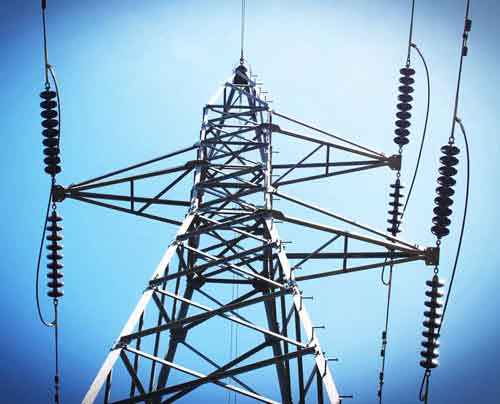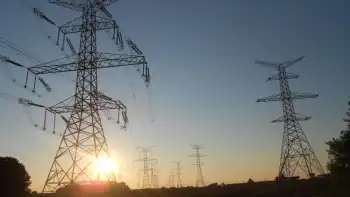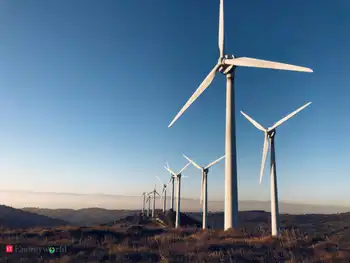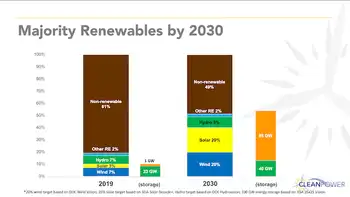Garbage Truck Crash Knocks Down Power Poles in Little Haiti

Arc Flash Training CSA Z462 - Electrical Safety Essentials
Our customized live online or in‑person group training can be delivered to your staff at your location.

- Live Online
- 6 hours Instructor-led
- Group Training Available
Little Haiti Garbage Truck Power Outage in Miami after mechanical arms snagged power lines, snapping power poles; FPL crews, police, and businesses faced traffic delays, safety risks, and rapid restoration efforts across the neighborhood.
Key Points
A Miami incident where a garbage truck snagged power lines, toppling poles and causing outages and traffic delays.
✅ Mechanical arms caught overhead lines; three power poles snapped
✅ FPL dispatched, police directed traffic; restoration prioritized
✅ Dozens of businesses affected; afternoon rush hour congestion
On January 16, 2025, a significant incident unfolded in Miami's Little Haiti neighborhood when a garbage truck collided with power lines, causing three power poles to collapse and resulting in widespread power outages and traffic disruptions.
Incident Details
Around 1:30 p.m., a garbage truck traveling west on Northeast 82nd Street toward Interstate 95 became entangled with overhead power lines. The truck's mechanical arms caught the lines, leading to the snapping of three power poles and plunging the area into darkness, a scenario echoed by urban incidents like a manhole fire that left thousands without power. Witnesses reported a loud boom followed by an immediate power outage. One local business owner described the event, stating, "There was a loud boom, and suddenly the power went out."
Impact on the Community
The incident caused significant disruptions in the Little Haiti area. At least a dozen businesses were affected by the power outage, and in wider Florida events restoration can take weeks depending on damage, leading to operational halts and potential financial losses. The timing of the crash, during the afternoon rush hour, exacerbated traffic congestion as commuters were forced to navigate through the area, and similar disruptions occur when strong winds knock out power, further complicating the situation.
Response and Recovery Efforts
In response to the incident, Miami police directed traffic to alleviate congestion and ensure public safety. Florida Power & Light (FPL) crews, known for their major outage response, were promptly dispatched to the scene to assess the damage and begin restoration efforts. The priority was to safely remove the damaged power poles and restore electricity to the affected area. FPL's swift action was crucial in minimizing the duration of the power outage and restoring normalcy to the community.
Safety Considerations
This incident underscores the importance of safety protocols for vehicles operating in areas with overhead power lines. Garbage trucks, due to their design and operational mechanisms, are particularly susceptible to such accidents, and in broader disasters some regions require a power grid rebuild to recover, highlighting the stakes. It is imperative for operators to be vigilant and adhere to safety guidelines to prevent similar occurrences.
Community Resilience
Despite the challenges posed by the incident, the Little Haiti community demonstrated resilience. Local businesses and residents cooperated with authorities, while utilities elsewhere have restored power to thousands after major events, and the prompt response from emergency services highlighted the community's strength in the face of adversity.











